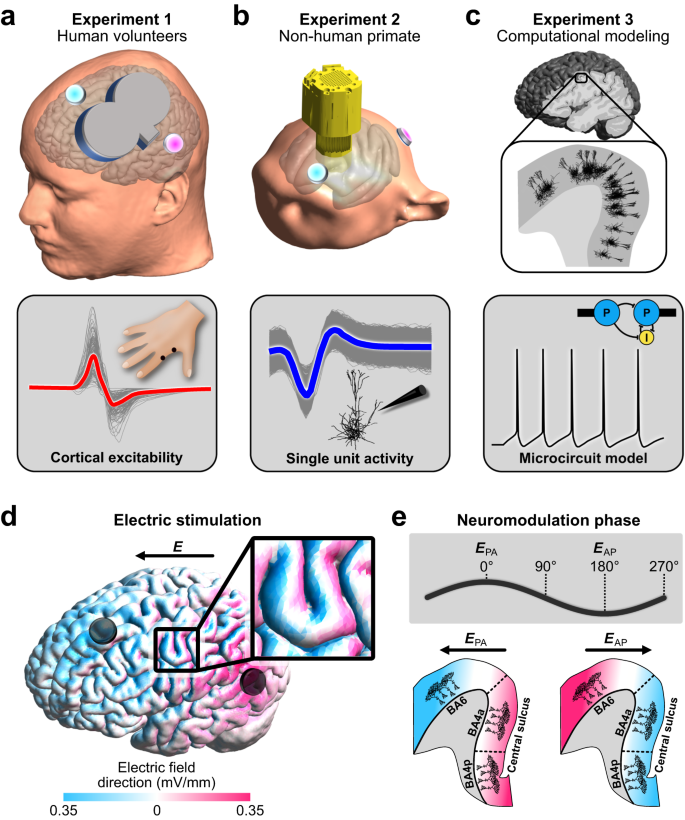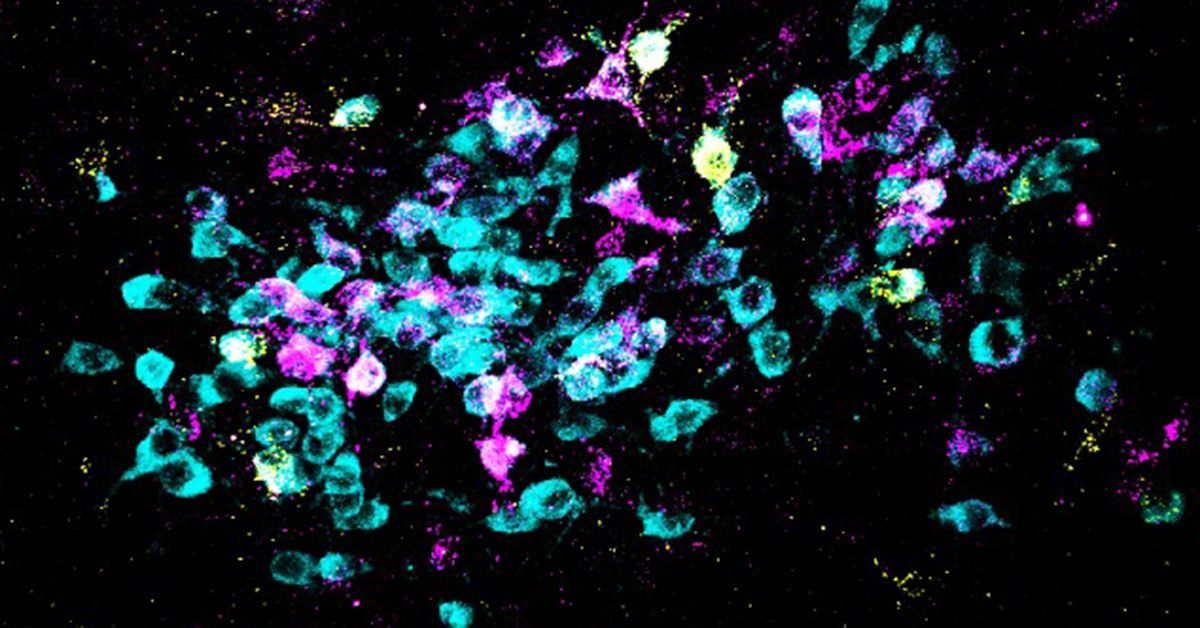2024-03-14 ミネソタ大学
<関連情報>
- https://cse.umn.edu/college/news/new-study-reveals-breakthrough-understanding-brain-stimulation-therapies
- https://www.nature.com/articles/s41467-024-45898-5
電場脳刺激による神経位相歳差の誘発 Induced neural phase precession through exogenous electric fields
Miles Wischnewski,Harry Tran,Zhihe Zhao,Sina Shirinpour,Zachary J. Haigh,Jonna Rotteveel,Nipun D. Perera,Ivan Alekseichuk,Jan Zimmermann & Alexander Opitz
Nature communications Published:24 February 2024
DOI:https://doi.org/10.1038/s41467-024-45898-5

Abstract
The gradual shifting of preferred neural spiking relative to local field potentials (LFPs), known as phase precession, plays a prominent role in neural coding. Correlations between the phase precession and behavior have been observed throughout various brain regions. As such, phase precession is suggested to be a global neural mechanism that promotes local neuroplasticity. However, causal evidence and neuroplastic mechanisms of phase precession are lacking so far. Here we show a causal link between LFP dynamics and phase precession. In three experiments, we modulated LFPs in humans, a non-human primate, and computational models using alternating current stimulation. We show that continuous stimulation of motor cortex oscillations in humans lead to a gradual phase shift of maximal corticospinal excitability by ~90°. Further, exogenous alternating current stimulation induced phase precession in a subset of entrained neurons (~30%) in the non-human primate. Multiscale modeling of realistic neural circuits suggests that alternating current stimulation-induced phase precession is driven by NMDA-mediated synaptic plasticity. Altogether, the three experiments provide mechanistic and causal evidence for phase precession as a global neocortical process. Alternating current-induced phase precession and consequently synaptic plasticity is crucial for the development of novel therapeutic neuromodulation methods.


